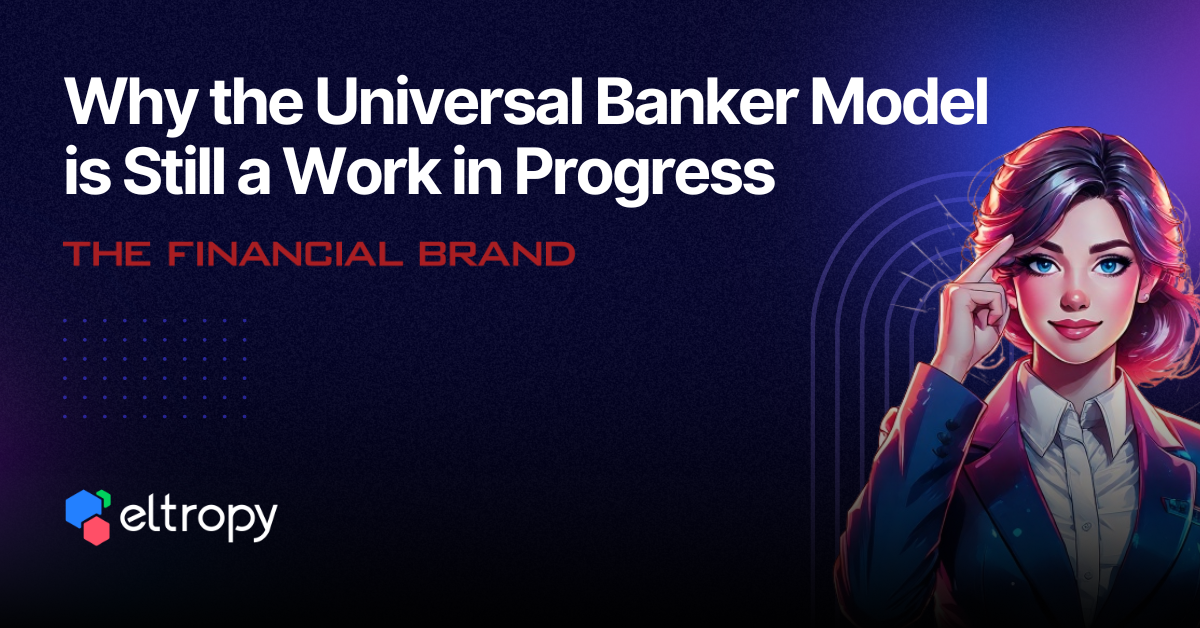Recently while in Las Vegas for a CUNA event, I stayed at a popular hotel on the Strip. The Wi-Fi password was not readily available in the room, so I called the help desk. After looping through the interactive voice response menu, I was given two options — to either wait 25 minutes for a human agent to serve me, or to continue the conversation with a chatbot. I selected the chatbot option. Within seconds, I got my Wi-Fi password.
I was blown away by the efficiency of the digital assistant and, even more so, the flow of the conversation. The bot introduced itself as a digital assistant, gathered some information about me, offered additional services, and finally, sent me the desired Wi-Fi password via text. The whole experience was natural and I didn’t even realize I was interacting with a bot.
That’s when I decided I would never again ask an already overworked staff member for simple queries that could be serviced by a bot.
Sometimes, a greater experience is what it takes to change behavior for good!
Human Conversations Are Not Easy
It is not easy to train a human to converse with a bot for responses. Why? Because it’s unnatural. With advancements in AI technology, however, it turns out it is possible to train an AI to speak to humans in a natural and efficient way.
Conversation design involves designing the flow of communication between the member and the virtual agent (a.k.a. “the bot”) for chat, text, voice and other channels. The “what” and the “how” are very important in designing human-like conversation experiences.
Typically, the conversation flow triggers after the intent is understood. The conversation must flow naturally based on the intent and change direction as new information is gathered during the interaction.
The “What”
If you break down a conversation, it usually starts with a greeting followed by introductions and identification.
For example, when a member calls into the member care of a credit union to check their account balance, the conversations may go something like this:
Virtual Agent: “Hi, I’m Elpy. I’m your virtual agent. How can I help you today?”
Member: “I’d like to check the balance in my account.”
Virtual Agent: “Sure, I can help you with that. May I know your name and your membership number?”
Member: “I’m John Smith, and my membership number is 12345.”
Virtual Agent: “In order to get your balance, I need you to verify your identity. Please speak or enter the verification code I sent to your registered mobile number.”
Member: “It’s 845856.”
Virtual Agent: “You are successfully verified. The balance on your checking account ending at 3333 is $20,000. Is there anything else I can help you with?”
Member: “No, thank you.”
Virtual Agent: “Thank you for contacting us. Have a great day!”
In this simple conversation, the “what” is the understanding of the member needs such as checking account balance, gathering membership number, sending the verification code, verifying the code, fetching the account balance from the core system, and finally closing the call.
The “How”
The next challenge for the AI platform is to blend the nature of the conversation. This involves language, tone, structure, and context.
Make it natural. People typically respond well to simple-and-easy-to-understand language, especially when interacting with a machine.
Show emotion. If the user is calling in a crisis mode, use an empathetic tone. If the user is emotionally charged, speak in a calm tone. If the user is frustrated, a helpful tone works like a charm.
Don’t waste their time. Having a clear structure gives users confidence that the bot is well-trained to solve the problem. A misguided conversation tends to be a lost cause, and most likely you’ll never get the user back.
Context is king. By understanding the context of the conversation, such as the user’s last conversation, loan status, payment status, preferences and branch location, the bot can provide more personalized and relevant responses.
Taking the Bull by the Horns
The responsibility of a great conversation design is a shared one between your bot software vendor and the buyer. If you’re a credit union, the best practice is to have an internal administrator familiar with the conversation flow design and customize the last mile to fit your CU’s needs and preferences.
Read the next post in this series: Speak to secure: The future of authentication by voice









